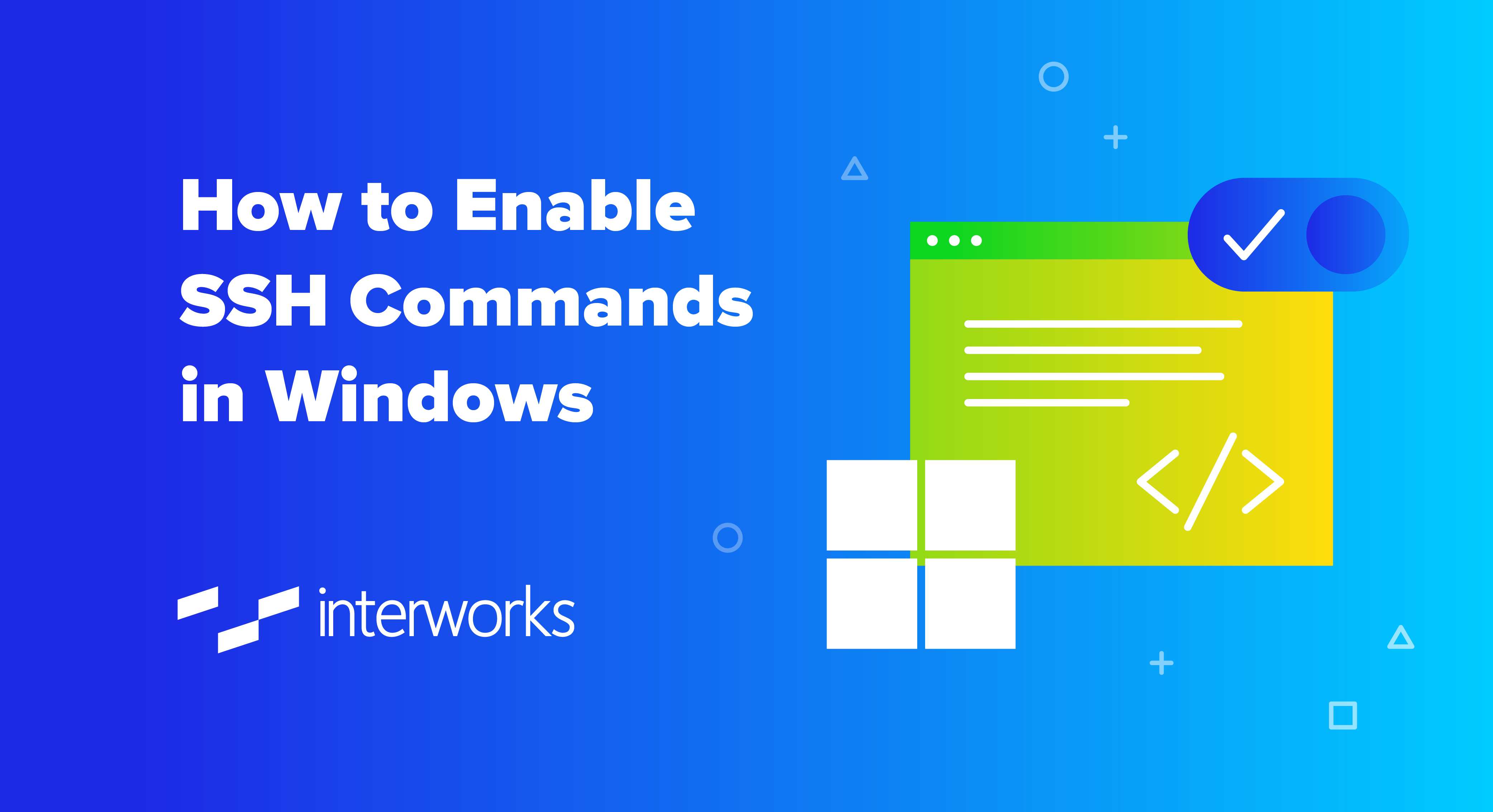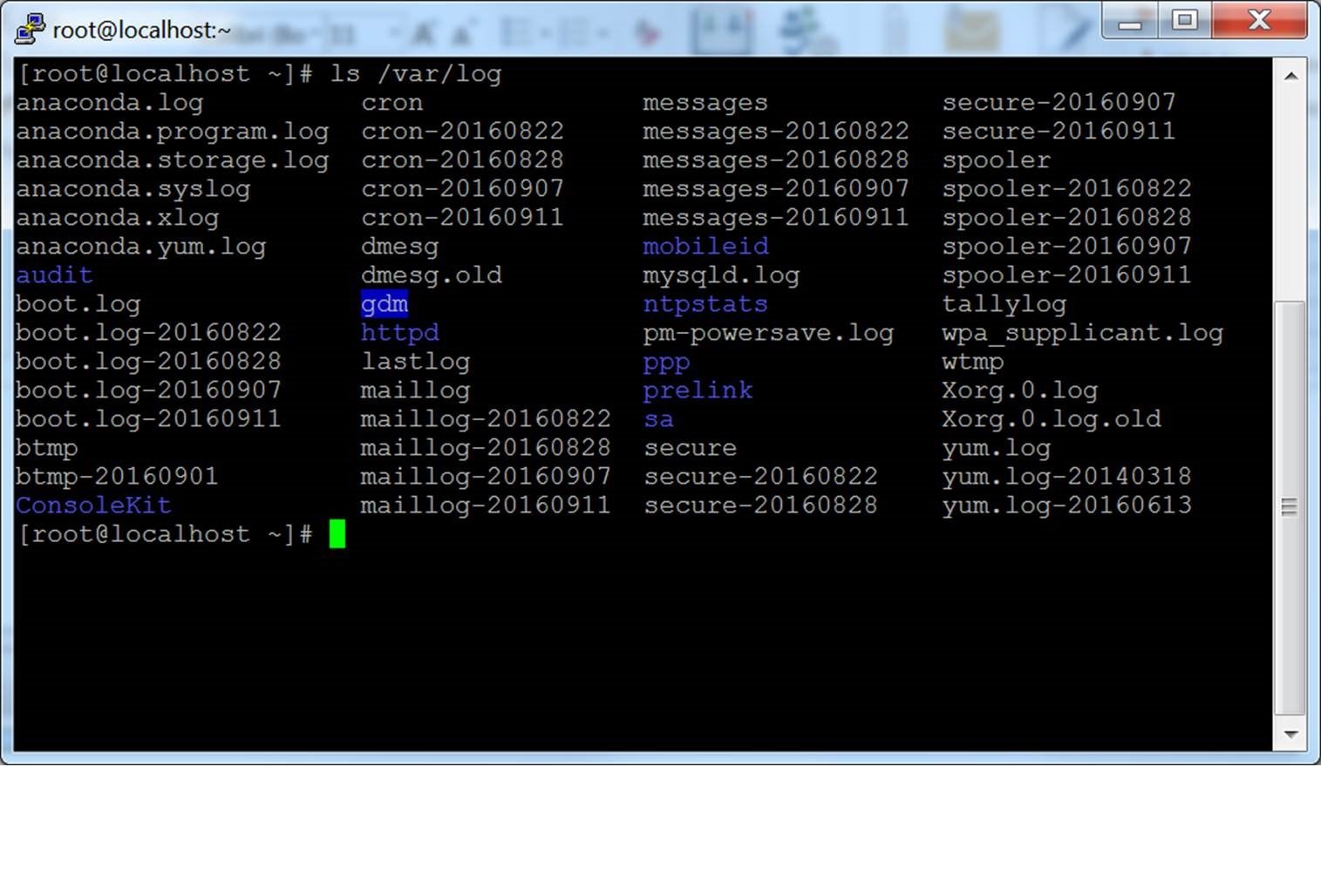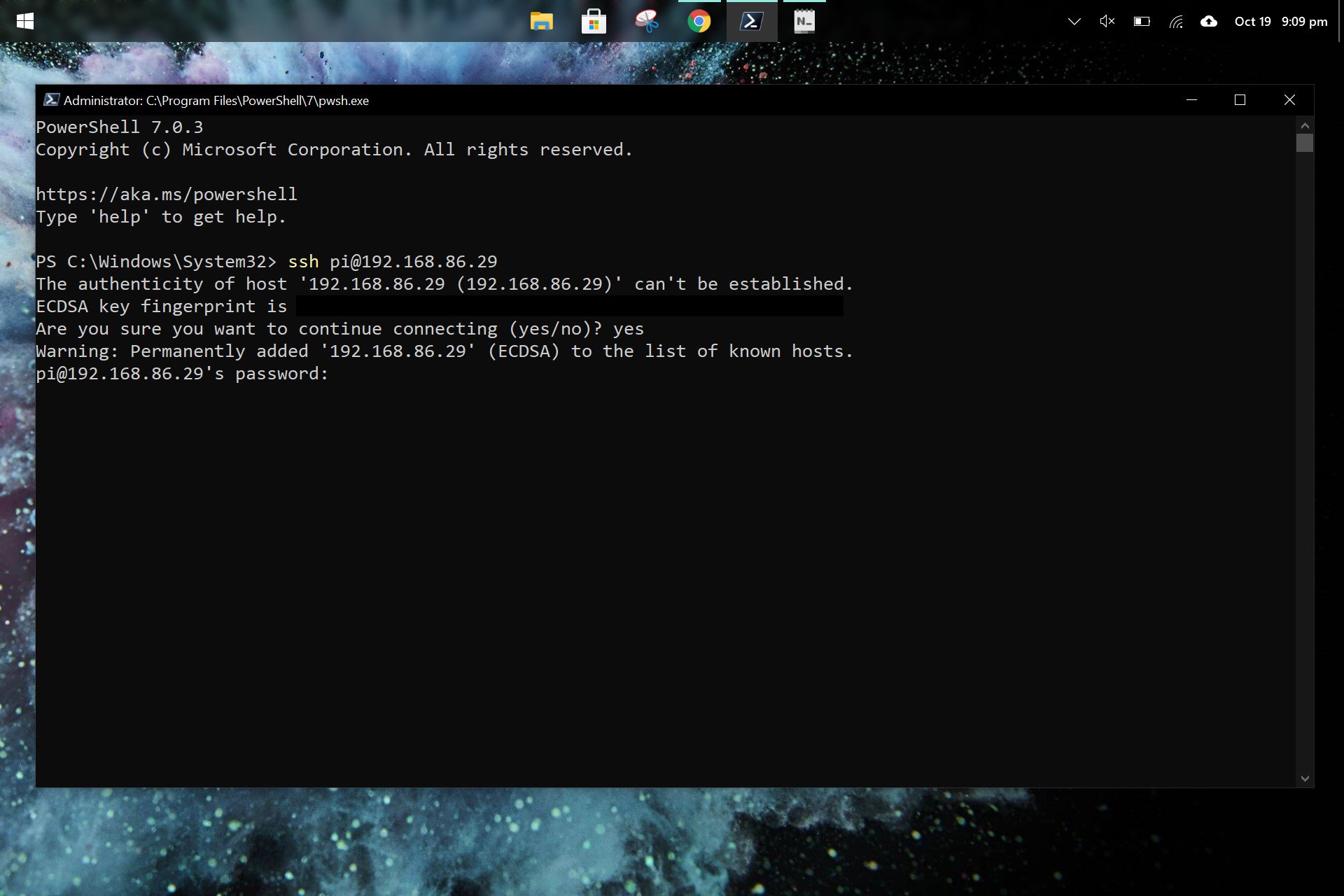Have you ever thought about how all those clever gadgets in our homes and workplaces, the ones that seem to do things all by themselves, actually get their instructions? Or, perhaps, how you might peek inside them from afar, especially when they live in their own little digital neighborhood? Well, getting these smart things, often called remote IoT devices, to talk to your Windows 10 computer in a safe, private corner of the internet, like a VPC, using a secure method like SSH, is something many folks are looking to do these days. It sounds a bit like tech talk, but honestly, it is something we can break down into simple, easy-to-follow steps.
There's a growing desire, you know, to reach out and manage these connected items without having to be right next to them. Whether it is a sensor telling you about the temperature in a far-off building, or a camera keeping an eye on things, having a way to check in and make adjustments from your own personal computer is really quite handy. This whole idea of remote access helps people keep tabs on their equipment, fix little glitches, or even update what their devices are doing, all from the comfort of their desk, which is pretty neat.
So, we are going to look at how you can make this happen. We will talk about setting up your Windows 10 machine, getting your private internet space ready, and then using a special kind of digital key to open up a secure chat with your far-away devices. It is about making sure your smart items are reachable, but also that they are protected from curious eyes, which is very important for peace of mind, to be honest.
Table of Contents
- What is remoteiot Anyway?
- Getting Your Windows 10 Computer Ready for remoteiot
- Why Use a VPC for Your remoteiot Devices?
- How Does SSH Help with remoteiot Connections?
- What Do You Need to Connect to remoteiot in a VPC from Windows 10?
- Making the Connection - Steps for remoteiot VPC SSH from Windows 10
- Are There Any Common Stumbling Blocks with remoteiot VPC SSH on Windows 10?
- Keeping Your remoteiot Connections Safe
What is remoteiot Anyway?
When we talk about remote IoT, we are referring to those everyday objects that have a bit of a brain and can send or receive information over the internet, even when they are not close by. Think of things like smart thermostats you can adjust from your phone when you are not home, or maybe security cameras that let you see what is happening at your place while you are on holiday. These items are designed to work without you being right there, which is pretty convenient, you know.
The "remote" part simply means you can interact with them from a distance. This could be across the street, across town, or even across the globe. The magic happens because these devices are connected to a network, allowing them to send their readings or take your commands from afar. It is almost like having tiny helpers scattered around, reporting back to you or doing your bidding, which is quite helpful in many situations.
This ability to manage things from a distance opens up a lot of possibilities for both homes and businesses. For example, a farmer might have sensors in their fields telling them about soil moisture, or a factory might have machines sending updates about their performance. Being able to access this information and control these devices from a Windows 10 computer, especially when they are in a secure, private network, makes managing these systems much simpler, and really, more effective.
Getting Your Windows 10 Computer Ready for remoteiot
Before your Windows 10 machine can chat with your remote IoT devices, there are a few things you might want to check or set up on your computer. It is like preparing your workstation for a special kind of communication. The good news is that Windows 10 already has some helpful tools built in, so you often do not need to download a lot of extra software, which is pretty nice.
One of the main things you will need is a way to use SSH, which is a secure way to connect to other computers or devices. Luckily, modern versions of Windows 10 come with an OpenSSH client right there. You can usually find it by going into your computer's settings, looking for "Apps," then "Optional features," and making sure "OpenSSH Client" is installed. If it is not, you can add it with just a few clicks, which is straightforward, really.
Beyond that, it is always a good idea to make sure your Windows 10 operating system is up to date. Keeping your computer current helps ensure that all the security bits and pieces are working as they should, and that you have the latest improvements. A well-maintained computer is a happy computer, and it is definitely a more secure one when you are trying to reach out to remote IoT devices, which is, you know, important for safety.
Why Use a VPC for Your remoteiot Devices?
You might be wondering why we talk about a VPC, or Virtual Private Cloud, when connecting to remote IoT devices. Think of a VPC as your own personal, fenced-off area within a much larger public internet space. It is like having a private room in a big hotel. Only you and those you invite can get in, even though the hotel itself is open to everyone, which is pretty cool.
For your remote IoT devices, putting them inside a VPC gives them a layer of protection. Instead of being directly exposed to the wide-open internet, where anyone might try to peek in, they are tucked away in a private network. This means that communication with your devices happens within this secure space, making it much harder for unwanted visitors to try and connect, which is a big deal for security, obviously.
A VPC also gives you more control over how your remote IoT devices communicate. You can set up specific rules about what kind of information can go in and out, and from where. This kind of fine-tuned control is very useful for keeping your devices safe and ensuring they only talk to the systems you want them to. So, using a VPC for your remote IoT setup, especially when you are using SSH from Windows 10, is a smart move for keeping everything protected and organized, more or less.
How Does SSH Help with remoteiot Connections?
SSH, which stands for Secure Shell, is a method for connecting to another computer or device over a network in a way that keeps everything private and safe. Imagine you want to send a secret message to someone. You would not just shout it across a crowded room, would you? SSH is like having a special, encrypted phone line that only you and the other end can listen in on, which is very reassuring.
When you use SSH to connect to your remote IoT device, all the information that travels between your Windows 10 computer and the device is scrambled. This means that even if someone were to somehow intercept the data, they would not be able to make sense of it. This scrambling, or encryption, is a fundamental part of what makes SSH so good for keeping your remote IoT interactions private, and that is a definite plus.
Furthermore, SSH helps make sure that the device you are connecting to is actually the one you intend to reach, and that you are who you say you are. It uses special keys, kind of like digital fingerprints, to confirm identities on both sides. This dual check adds another layer of safety, making SSH an excellent choice for securely managing your remote IoT devices, especially when they are tucked away in a VPC, which is quite important for peace of mind, basically.
What Do You Need to Connect to remoteiot in a VPC from Windows 10?
To get your Windows 10 computer talking to your remote IoT devices inside a VPC using SSH, you will need a few key ingredients. Think of it like preparing for a specific project; having the right tools makes all the difference. It is not overly complicated, but knowing what to gather beforehand can save you some time and effort, you know.
First off, as we mentioned, your Windows 10 machine needs the OpenSSH client. This is the piece of software that lets your computer speak the SSH language. You will also need the internet address of your remote IoT device within the VPC. This is like knowing the street number of the house you want to visit in your private neighborhood. Without it, your computer would not know where to send its messages, which is pretty obvious.
Then, you will need a username and a special SSH key or password for your remote IoT device. This is your digital pass to get in. For better security, most people use SSH keys, which are long, complex codes that are much harder to guess than a simple password. You will have one part of the key on your Windows 10 computer and the other part on the remote IoT device. This two-part system makes the connection very secure, which is, honestly, a really good thing.
Making the Connection - Steps for remoteiot VPC SSH from Windows 10
Okay, so you have your Windows 10 computer ready, your remote IoT device is in its VPC, and you have your connection details. Now, let us walk through the steps to actually make that secure chat happen. It is a bit like following a recipe, one step after another, and it is not as hard as it might sound, in a way.
First, you will open up a command prompt or PowerShell window on your Windows 10 computer. You can usually find these by typing "cmd" or "PowerShell" into the search bar next to your Start button. This is where you will type in the commands to tell your computer what to do. It is your direct line to the operating system, you know.
Next, you will use the SSH command. It typically looks something like this: ssh -i "C:\path\to\your\private_key.pem" username@your_device_ip. The -i part tells SSH where to find your special digital key. You will replace "C:\path\to\your\private_key.pem" with the actual location of your key file on your Windows 10 machine. Then, change username to the login name for your remote IoT device, and your_device_ip to its internet address inside the VPC. Once you type that in and press Enter, your computer will try to establish that secure connection, which is pretty much the core of it.
If everything is set up correctly, you should then see a prompt asking you for a password if you are using one, or you will be logged right into your remote IoT device if you are using a key without a passphrase. From there, you can type commands directly to your device, just as if you were sitting right in front of it. It is a very direct way to manage things from afar, and it is actually quite satisfying when it all connects, you know, perfectly.
Are There Any Common Stumbling Blocks with remoteiot VPC SSH on Windows 10?
Even with the best preparation, sometimes things do not go exactly as planned when you are trying to connect to your remote IoT devices using SSH from Windows 10. It is just how technology works sometimes, so, it is good to know what might cause a hiccup. Most of these issues are pretty common and have straightforward solutions, which is a relief, really.
One frequent issue is with the SSH key itself. Maybe the path you typed in for the key file was not quite right, or perhaps the key has the wrong permissions, meaning your Windows 10 computer cannot properly read it. Sometimes, the key might even be in the wrong format for what your remote IoT device expects. Double-checking the file path and making sure the key is readable and correctly formatted can often solve this, which is a simple fix, basically.
Another common problem can be related to the network settings in your VPC or on your remote IoT device. If the device's firewall is blocking SSH connections, or if the security rules in your VPC are not allowing traffic on the SSH port (which is usually port 22), then your connection will not go through. It is like trying to enter a room where the door is locked from the inside. Making sure these network gates are open for SSH traffic is very important, and that is often a quick check in your VPC settings, obviously.
Lastly, simply mistyping the username or the internet address of your remote IoT device is a common oversight. It happens to everyone! Always take a moment to confirm that the details you are entering into your command prompt are exactly right. A tiny typo can prevent the connection from happening, so, you know, careful typing helps a lot, in some respects.
Keeping Your remoteiot Connections Safe
Once you have your remote IoT devices talking to your Windows 10 computer via SSH in a VPC, keeping those connections safe is a continuous effort. It is not a "set it and forget it" kind of thing, unfortunately. Just like you would keep your home secure, you want to make sure your digital pathways are also well-protected, which is pretty much essential.
One of the best ways to keep things safe is to always use SSH keys instead of passwords, if possible. Keys are much harder for bad actors to guess or crack. If you do use passwords, make sure they are long, complex, and unique for each device. Never use simple, easy-to-remember passwords for anything important, especially for something connected to your remote IoT setup, which is, you know, just common sense for security.
Regularly updating the software on both your Windows 10 computer and your remote IoT devices is also a really big deal. Software updates often include important security fixes that close up potential weaknesses. It is like patching holes in a fence before someone can sneak through. Staying current with updates helps protect against newly discovered threats, which is a very simple but powerful way to keep things secure.
Finally, always be mindful of who has access to your SSH keys and your remote IoT devices. Treat your private keys like the keys to your house; do not share them freely. And only give access to your devices to people who absolutely need it. Limiting access reduces the chances of someone getting in who should not be there, which is a fundamental part of any good security plan, to be honest.
This whole process of connecting to your remote IoT devices in a VPC using SSH from Windows 10 might seem a bit involved at first, but it is a really effective way to manage your smart items securely. By setting up your Windows 10 computer, understanding the role of a VPC, and using SSH for safe communication, you are creating a reliable and protected pathway to your distant gadgets. It is about having control and peace of mind, knowing that your devices are both reachable and guarded from unwanted attention, which is pretty important for anyone relying on these smart systems.



Detail Author:
- Name : Sandrine Runte
- Username : dale84
- Email : gwisozk@cartwright.com
- Birthdate : 1979-07-08
- Address : 99484 Kiara Flat Magdalenaland, AR 33606-8410
- Phone : 743.478.2149
- Company : Gusikowski-O'Kon
- Job : Clerk
- Bio : Sequi a et quas non sit. Porro nihil saepe quia distinctio reprehenderit in. Iusto ut neque neque pariatur enim perferendis. Voluptatem deleniti architecto illo dolores sed aut.
Socials
instagram:
- url : https://instagram.com/ward_macejkovic
- username : ward_macejkovic
- bio : Facere et molestias quo id ipsam. Eligendi iure autem iure velit sequi quis molestiae tenetur.
- followers : 6199
- following : 2339
tiktok:
- url : https://tiktok.com/@wmacejkovic
- username : wmacejkovic
- bio : Perspiciatis ex et quo quis. Adipisci velit dolor qui aperiam ad.
- followers : 2796
- following : 1677

